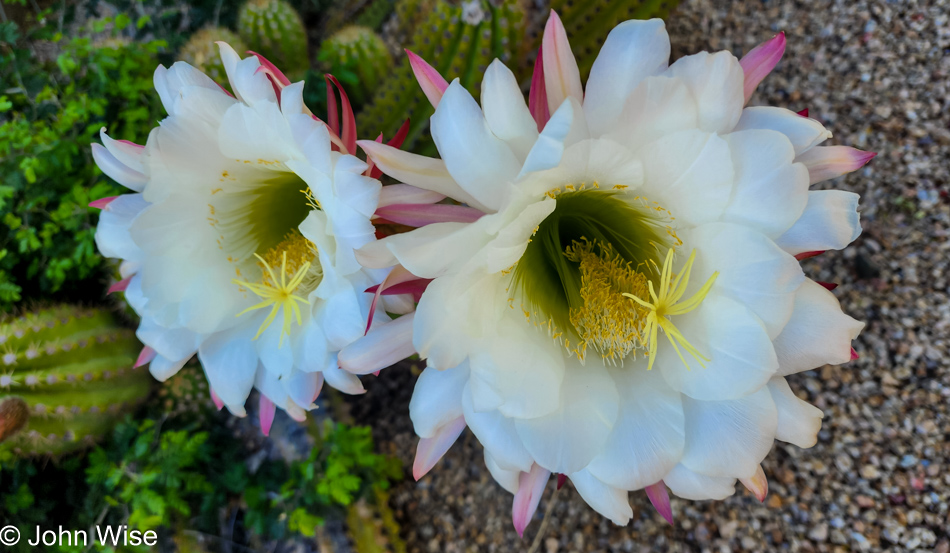
Considering today’s title and this image, you might be wondering how I am bringing weaving, Orthodox Easter, and David Lynch’s Dune together. Easy peasy: eggs, that’s how. Stay with me a second. A Romanian couple, neighbors actually, invited us to join them today for Orthodox Easter. Part of our meal at their place included dyed eggs. The tradition is thought to have originated in Ukraine, but that’s uncertain. In Ukraine the eggs are called Pysanky and are made with a dye-resist or batik method. The patterns used for making Pysanky were first inspired by patterns found in traditional Ukrainian embroidery and weaving. The type of eggs that Anna decorated are referred to as Lysanky in Ukrainian; we don’t know the Romanian word. For this, Anna wrapped parsley stems around the eggs before tying them into pantyhose to hold everything in place and then dyed the eggs by boiling them in water with onion skins.
Eggs at Easter make perfect sense, considering how life begins for us mammals with an egg and, while not a resurrection exactly, they are a kind of renewal. Traditionally, the egg has been a symbol associated with spring and rebirth. Eggs laid during Lent were often saved and decorated, then given as gifts or eaten to break the fast on Easter Sunday.
Weaving, too, is about life, continuity, and the interconnected whole. In Greek mythology, the Fates (or Moirai) were three goddesses who controlled the threads of human life, weaving them into complex tapestries that determined each person’s destiny, while for the Navajo (Diné), there’s “Na’ashjé’íí Asdzáá” known as Spider Woman who taught the Navajo how to weave; she’s also the goddess of fertility that gives rise to life.
But why the obscure reference to David Lynch’s Dune in particular? Who doesn’t remember the line, “The sleeper must awaken,” that foretells the story of Paul Atreides, who will effectively be resurrected into the Messianic character called the Kwisatz Haderach who saves the people of Arrakis?
We’d recently seen the newest iteration of Dune, Part 2, and we thought it sucked eggs (was pointless) and failed to deliver what Part 1 or Lynch’s original was able to offer. There was no real story woven together in that dud, and so, the loom of the narrative must awaken to resurrect the film, or else Part 3 can go to hell, sucking eggs all the way to its infernal end. Obviously, that would be a very unhappy Easter indeed, unlike the magnificent Sunday celebration we had with our neighbors.





